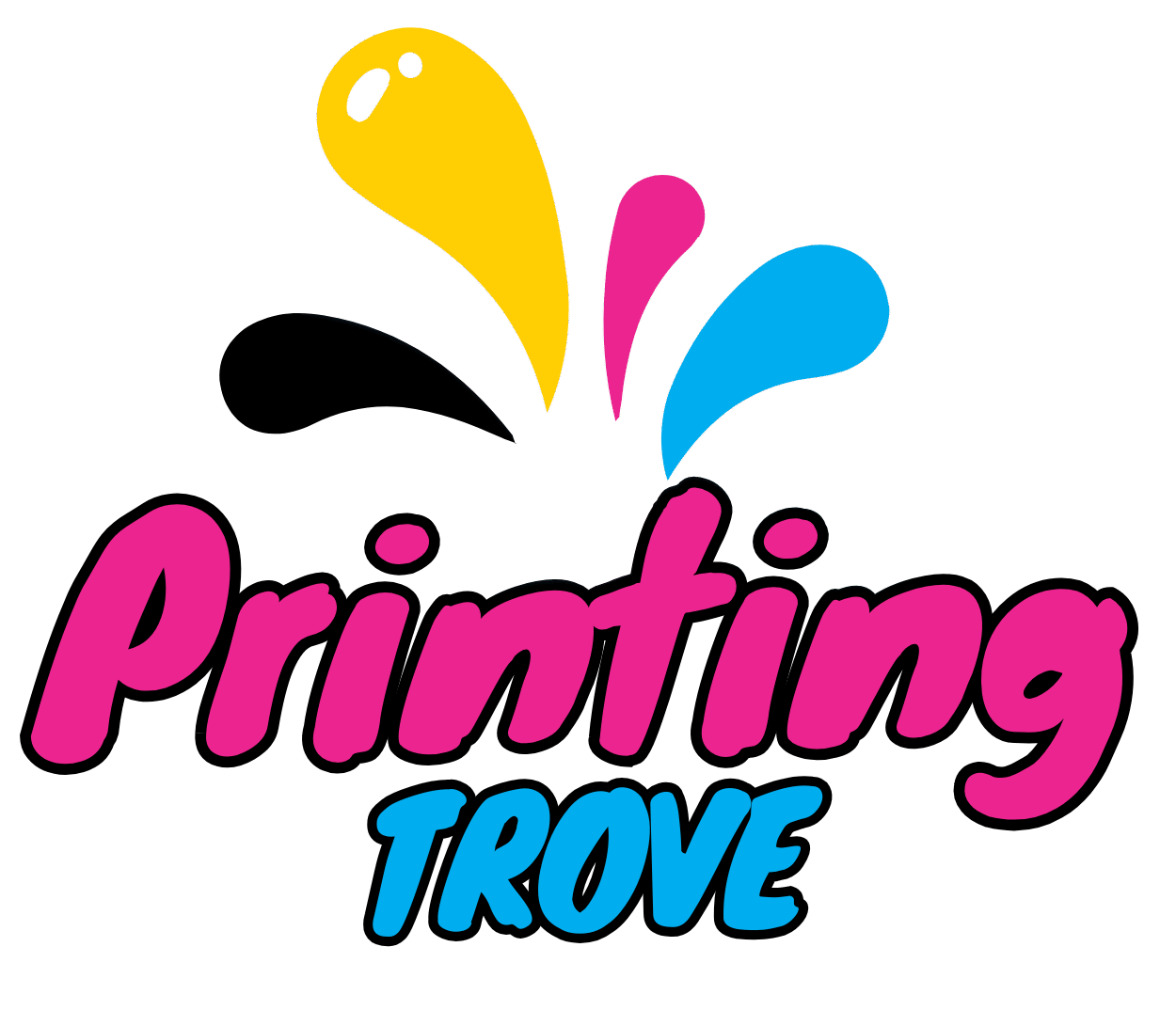Sublimation ink or regular ink, Choosing the right type of ink can significantly impact the quality and durability of your prints. While regular ink has long been a popular choice, sublimation ink is gaining attention for its vibrant colors and excellent performance on a variety of materials. Understanding the differences between these two inks is essential for achieving professional-quality results. In this article, we’ll explore the unique properties of sublimation ink versus regular ink—and help you decide which one is right for your printing needs.
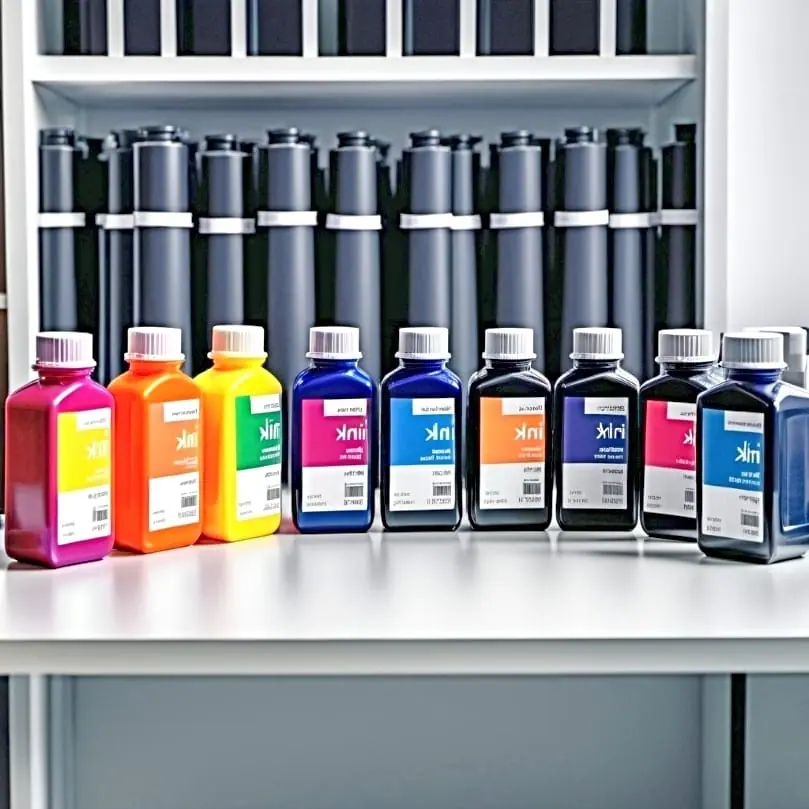
Key Differences Between Sublimation Ink and Regular Ink
- Ink Behavior:
- Sublimation Ink: Turns into gas when heated and bonds with polyester or polymer-coated surfaces.
- Regular Ink: Sits on the surface of paper or material, making it prone to smudging and fading.
- Sublimation Ink: Turns into gas when heated and bonds with polyester or polymer-coated surfaces.
- Durability:
- Sublimation Prints: More vibrant, long-lasting, and resistant to cracking or fading.
- Regular Ink Prints: Can wear out over time, especially on fabrics.
- Sublimation Prints: More vibrant, long-lasting, and resistant to cracking or fading.
- Application Requirements:
- Sublimation Ink: Requires compatible printers, polyester materials, and heat press for transfer.
- Regular Ink: More versatile with paper types but doesn’t work well on polyester or coated items.
- Sublimation Ink: Requires compatible printers, polyester materials, and heat press for transfer.
- Best Uses:
- Sublimation: Ideal for customized apparel, promotional products, mugs, and home décor.
- Regular Ink: Suitable for documents, general paper printing, and basic photo printing.
- Sublimation: Ideal for customized apparel, promotional products, mugs, and home décor.
- Print Quality Impact:
Sublimation embeds color into the material, offering a more professional and seamless finish.
Understanding Sublimation Ink
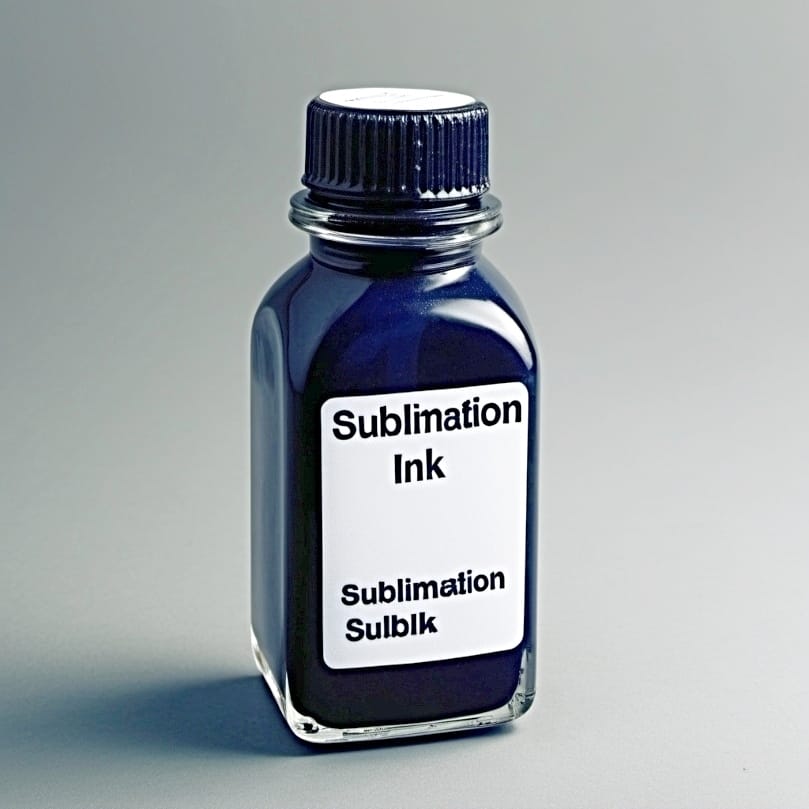
When comparing sublimation ink and regular ink, one of the most significant takeaways is the versatility of sublimation ink in creating vibrant, durable prints on a variety of materials.
Composition and Properties
Unlike regular ink, which is primarily designed for paper, sublimation ink bonds with polyester substrates, allowing for stunning color reproduction that’s both long-lasting and resistant to fading.
Another key insight lies in the printing process itself. Sublimation requires a heat transfer process that turns the ink into gas, which then embeds itself into the fabric or material. This results in prints that are not only more resilient but also feel like part of the fabric rather than sitting on top. In contrast, regular ink can lead to cracking and peeling over time, particularly on textiles.
Applications
This property opens up possibilities in custom merchandise, apparel, and home decor, making it an appealing choice for businesses. Understanding these differences aids in selecting the right type of ink for specific projects and empowers creators to leverage sublimation’s capabilities for innovative designs that elevate their brand identity.
Understanding Regular Ink
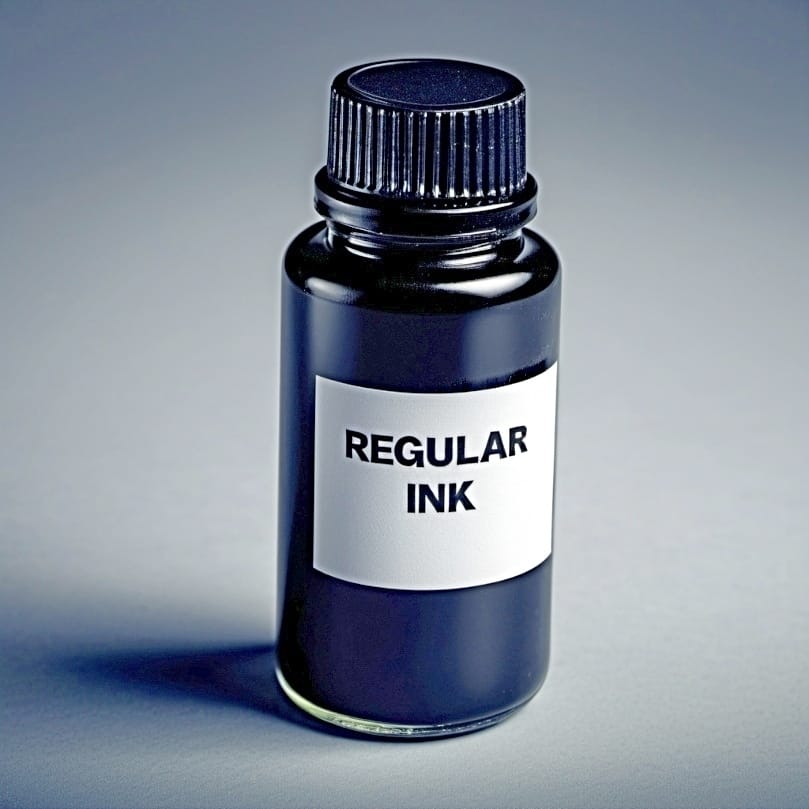
Regular ink, commonly found in everyday pens and printers, typically includes a solvent, pigments or dyes, and additives that enhance flow and drying time.
Composition and Properties
Understanding these components reveals how they interact to produce vibrant colors and smooth writing. The choice between dye-based and pigment-based inks can significantly affect color vibrancy, longevity, and resistance to fading.
Applications
The properties of regular ink play a crucial role in its applications. In printing, viscosity and drying speed dictate how well ink adheres to various surfaces, from glossy photo paper to standard printer sheets. Advancements in ink technology have led to specialized formulations, such as waterproof or archival-quality inks for artists and professionals.
The Sublimation Process
The sublimation process transforms the world of printing by utilizing heat to convert solid dye directly into gas, bypassing the liquid stage.
Printing with Sublimation Ink
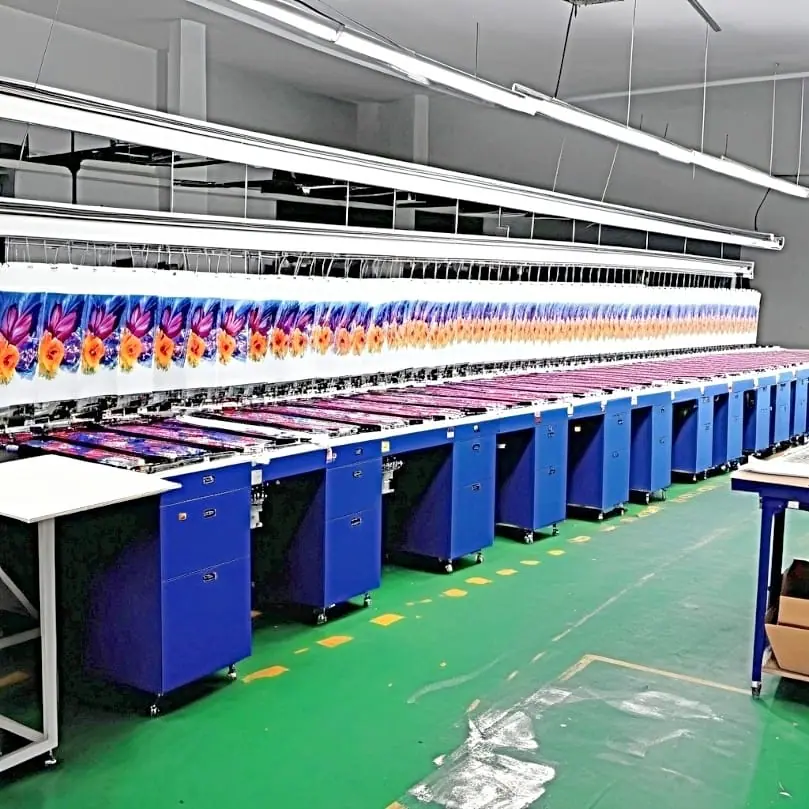
This method allows for vibrant colors and intricate designs to be embedded into materials like polyester fabrics and specially coated surfaces. When printing with sublimation ink, the dye becomes part of the material itself, ensuring longevity and resistance to fading even after multiple washes.
Benefits of Sublimation Printing
One of the key benefits of sublimation printing is its ability to produce full-color images without the limitations of traditional printing methods. There’s no need for separate color layers, which can lead to mismatches. Instead, sublimation offers a seamless finish with remarkable detail and depth. Additionally, the process typically uses water-based inks and produces minimal waste, making it a more environmentally friendly option.
The Inkjet Printing Process
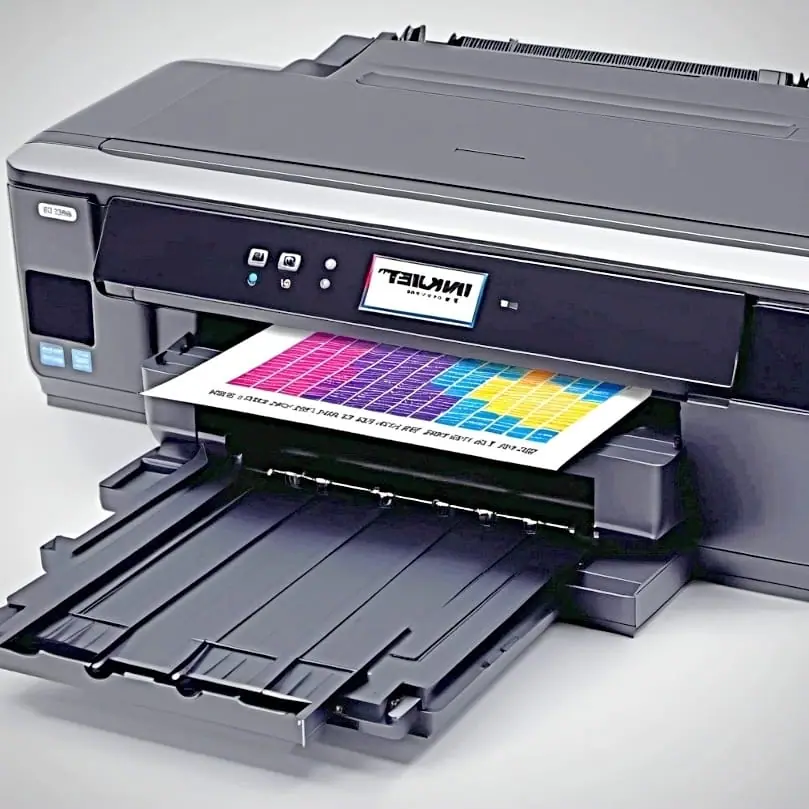
The inkjet printing process is a marvel of modern technology, transforming digital designs into tangible creations with remarkable precision. At its core, this technique employs tiny nozzles to spray droplets of printing with regular ink onto various surfaces, allowing for a stunning range of colors and gradients that can breathe life into any project.
Printing with Regular Ink
One of the standout benefits of inkjet printing is its ability to produce high-quality images on a diverse array of materials, from glossy photo paper to textured cardstock, making it an ideal choice for artists, photographers, and businesses alike.
Benefits of Inkjet Printing
Moreover, inkjet printing is increasingly recognized for its eco-friendly potential. Unlike traditional printing methods that often rely on harsh chemicals and extensive setup processes, inkjet systems use minimal resources and generate less waste. This not only lowers production costs but also aligns with sustainable practices, appealing to environmentally conscious consumers. As technology advances, we see innovations such as pigment-based inks that enhance durability and longevity, further solidifying inkjet printing as a versatile and responsible option for both professional and personal use.
Comparing Sublimation Ink and Regular Ink
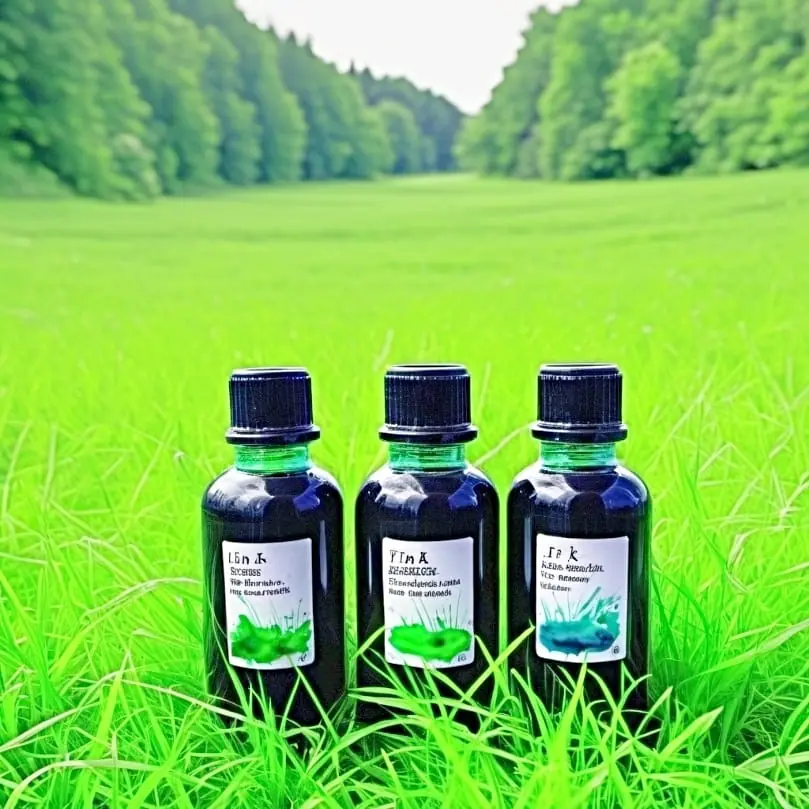
When it comes to composition differences, sublimation ink and regular ink diverge significantly.
Composition Differences
Sublimation ink is primarily composed of dye particles suspended in a liquid, designed to transform from solid to gas without passing through a liquid state when heated. This unique property allows it to bond with polyester fabrics and coated surfaces at a molecular level, resulting in vibrant, long-lasting prints. In contrast, regular inks, such as those used in inkjet printers, typically consist of pigment or dye mixed with water and other additives. These inks rely on absorption into the substrate, which can limit their longevity and vibrancy, especially on non-porous materials.
Printing Process Differences
The printing process differences further underscore the advantages of sublimation ink for certain applications. While regular ink printing involves depositing liquid onto a surface, sublimation printing requires a heat press to transfer the image. This not only ensures that colors are vivid and resistant to fading but also enables intricate designs to be printed seamlessly onto fabric or other specialized materials.
Application Differences
The application differences are equally noteworthy; sublimation is ideal for customized apparel, promotional items, and home decor, allowing for full-color designs that can cover entire surfaces. Regular ink, while versatile for standard paper prints and documents, often falls short when it comes to producing high-quality images on textiles or hard surfaces. Thus, choosing between these inks hinges on understanding both the technical nuances and the specific needs of your projects.
Choosing the Right Ink for Your Needs
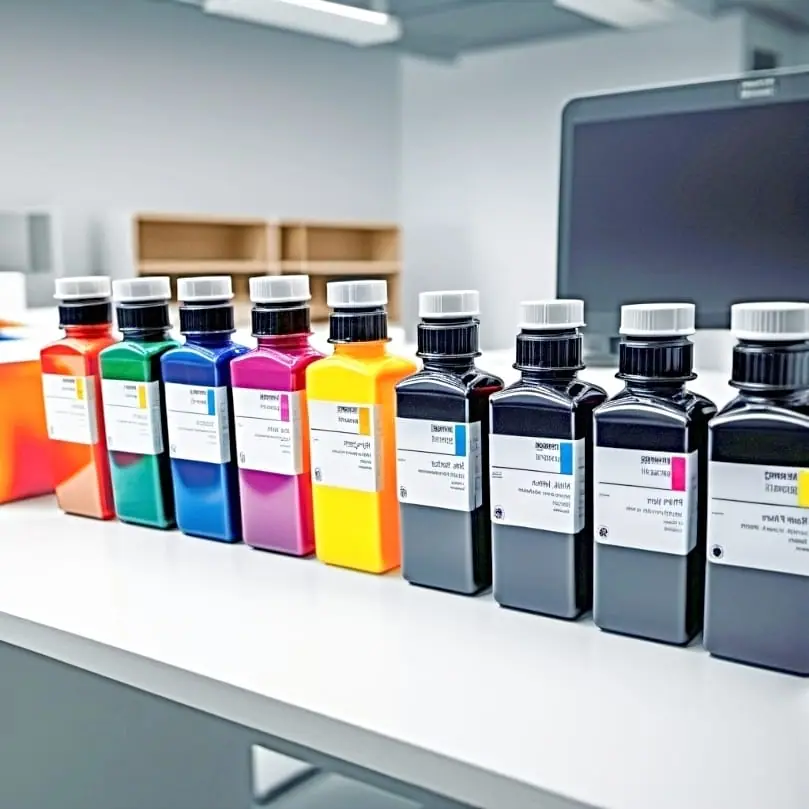
When selecting between sublimation ink and regular ink, it’s essential to weigh several key factors. Sublimation ink is designed for specialized applications, particularly on polyester fabrics and coated surfaces, providing vibrant, long-lasting colors that are embedded into the material. On the other hand, regular ink is versatile and suitable for a broader range of projects, from standard paper printing to crafting. Understanding your intended use can significantly influence your choice; if you’re aiming for high-quality apparel or promotional items, sublimation might be the way to go.
Factors to Consider
Consider the substrate you plan to print on if it’s not compatible with sublimation, regular ink may be your best bet.
Tips for Making the Right Choice
Additionally, think about your budget and whether you’re willing to invest in the necessary equipment, such as a sublimation printer and heat press. Finally, evaluate your long-term needs; if you foresee frequent fabric printing, the initial investment in sublimation ink may pay off through its durability and brilliance. By carefully assessing these factors, you can confidently select the ink that aligns perfectly with your creative aspirations.
Conclusion
Understanding the key differences between sublimation ink and regular ink is essential for anyone looking to make informed decisions in printing technologies. Sublimation ink offers unique advantages, particularly for dye-sublimation processes that allow for vibrant, long-lasting prints on various materials. In contrast, regular ink serves well for everyday printing tasks but may not provide the same level of durability or color vibrancy on synthetic substrates. By recognizing these distinctions, you can better choose the right ink type for your specific project needs. Explore the world of printing and elevate your results by selecting the most suitable ink for your creative endeavors!
